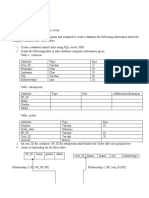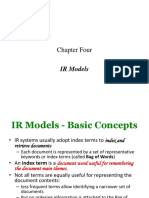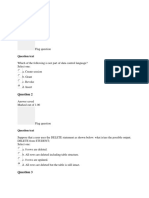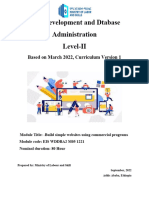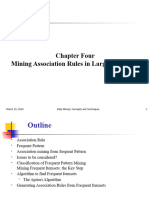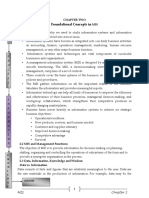0% found this document useful (0 votes)
328 views50 pages05 - Strategies For Query Processing (Ch18)
wwww
Uploaded by
محمد فايز سمورCopyright
© © All Rights Reserved
We take content rights seriously. If you suspect this is your content, claim it here.
Available Formats
Download as PPTX, PDF, TXT or read online on Scribd
0% found this document useful (0 votes)
328 views50 pages05 - Strategies For Query Processing (Ch18)
wwww
Uploaded by
محمد فايز سمورCopyright
© © All Rights Reserved
We take content rights seriously. If you suspect this is your content, claim it here.
Available Formats
Download as PPTX, PDF, TXT or read online on Scribd
/ 50



